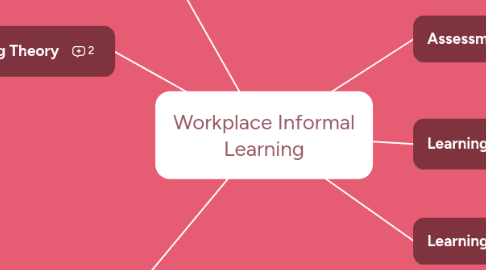Workplace Informal Learning
저자: Christian Smeltzer


1. Sponsoring Entity
1.1. Learning Institution
1.1.1. External Consultant
1.2. Workplace
1.2.1. Organization of Work Process
1.2.2. Interactions between Employees
1.2.3. Technological Infrastructure
1.2.4. Culture of Participation
1.2.5. Management Commitment
2. Learning Theory
2.1. Social Constructivism
2.2. Connectivism
3. Learner Support
3.1. Technologically
3.1.1. Information Platform
3.1.1.1. e.g.: Drupal
3.1.2. Collaborative Technology
3.1.3. Flexible Learning
3.1.3.1. e.g.: Digital Tachograph
3.1.4. Self-Directed Learning
3.1.4.1. e.g.: RELOAD-platform
3.2. Organizational
3.2.1. Decentralized & Autonomous Working Units
3.2.2. Technical Infrastructure
3.2.3. Assistance from Colleagues/Manufactures
3.3. Management
3.3.1. Know the Needs of Trainees/Employees
3.3.2. Responsible for Training Organization
3.3.2.1. e.g.: mode, content, methodology
3.3.3. Make Innovative Ideas Clear
